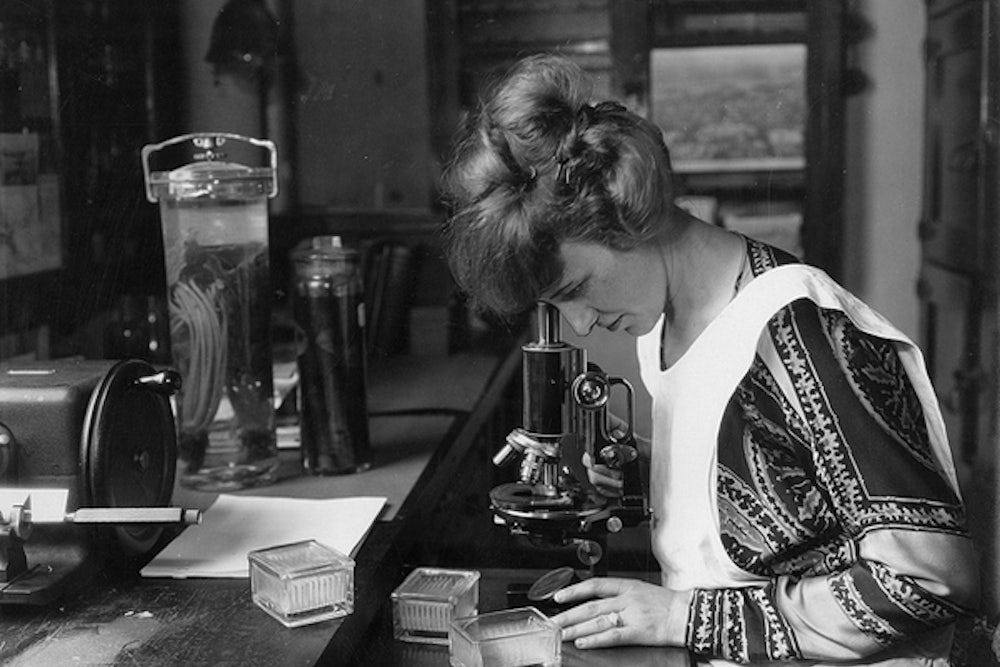In a recent article in The New York Times about the “tampon of the future”—an invention that aims to use menstrual blood to test women’s health—author Pagan Keneedy also includes a review of the patent system since its inception in the 1790s that will make it clear why a majority of patent holders were, and still are, men.
The legal rights of married women in the 18th and 19th centuries were nonexistent—all of their property reverted to their husbands. If a woman filed for a patent before her marriage, it would become the property of her husband, and if she filed for a patent after marriage, she would likely have used her husband’s name instead of her own, as he would reap the benefits of the patent. The situation was sometimes worse: A woman writing in 1883 described how female inventors could be manipulated by their spouses:
Her husband could take out the patent in his own name, sell her invention for his own sole benefit, give it away if he so chose, or refrain from using it, and for all this she would have no remedy.
(Mississippi was the first state to pass a Married Woman’s Property Act in 1839 but versions of the law wouldn’t be passed in all states until 1900.)
But there are still myriad forces holding female scientists back from filing patents, especially in an environment where 90 percent of venture capitalists are men. One scientist described the response an investor had to the “smart tampon”:
“Someone told us that the product would only help women, and women are only half the population — so what was the point?”
